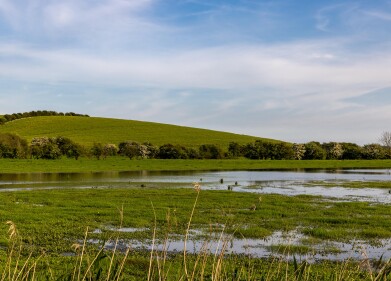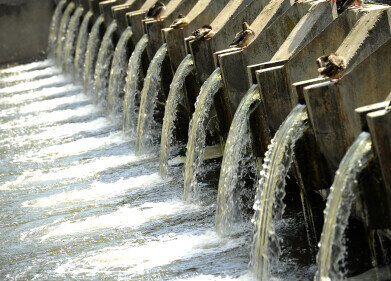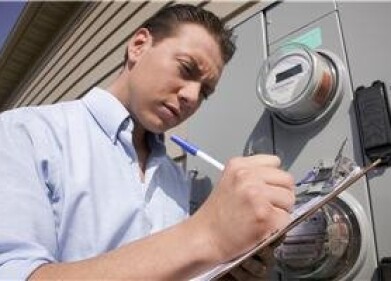River Water monitoring
Radar Water Level Sensor Undergoes River Thames Trial
Sep 22 2009
Environment Agency hydrologists have recently trialled a new radar water level sensor at a site by Molesey Lock on the River Thames near Hampton Court Palace. The sensor was installed during October 2008 and initial results indicate that significant time and cost savings are possible with the new technology.
Water level measurements are taken at Molesey Lock for onward transmission to the Environment Agency’s offices via PSTN telephone and inclusion in the national archive. However, alarms are set for low and high water level so that the lock keeper can manage the river for the river users; many valuable floating homes are moored in the area. If the river gets too low these homes will bottom out which could cause considerable damage.
Prior to the installation of the radar sensor, data was provided by a shaft encoder that recorded water level in a specially constructed stilling well which had been installed approximately 300m upstream of the lock, on the other side of the river to the telemetry outstation. This meant that the data transfer cable had to pass under the river and Agency staff had to walk back and forth between the sensor and the outstation to set the head level for example.
The radar sensor was installed very close to the outstation which allows the Environment Agency to set the levels that the sensor is measuring more accurately in the outstation. Radar sensors avoid the necessity for capital works to install a stilling well and can be installed quickly and simply. The radar sensor at Molesey Lock scans every 30 seconds providing values for screen display on site. It also logs
a reading every 15 minutes for transmission via the telemetry outstation.
Radar sensors are ideal for contact-free water and liquid level monitoring in difficult to measure and remote locations or those which are subject to flooding. Simon Wills, Managing Director at OTT Hydrometry (UK) the company which supplied the sensor says, “This technology offers a number of extremely attractive features which make it suitable for a wide variety of applications. For example, it has a wide measurement range up to 35 metres with +/- 1cm accuracy across the entire range and offers a number of communication options including RS232, RS484, SDI12, or 4-20 mA. Importantly, it employs pulse radar rather than a frequency modulated wave, which means that high levels of accuracy are still possible but power consumption is extremely low which means that the sensor can operate from a solar or wind powered battery system in almost any location.”
The Molesey Lock sensor is mains powered but the Environment Agency has recently purchased a further sensor and plans to install a solar powered station for comparison with a shaft encoder sensor. Commenting on his experience with the radar sensor the Environment Agency’s Rikk Smith says, "We have been very pleased with this sensor because it was quick and easy to install and we have not had to touch it since it was installed over five months ago.”
Digital Edition
AET 28.4 Oct/Nov 2024
November 2024
Gas Detection - Go from lagging to leading: why investment in gas detection makes sense Air Monitoring - Swirl and vortex meters will aid green hydrogen production - Beyond the Stack: Emi...
View all digital editions
Events
Jan 12 2025 Abu Dhabi, UAE
Jan 14 2025 Abu Dhabi, UAE
Jan 20 2025 San Diego, CA, USA
Carrefour des Gestions Locales de L'eau
Jan 22 2025 Rennes, France
Safety, Health & Wellbeing LIVE
Jan 22 2025 Manchester, UK

-min.jpg)

















